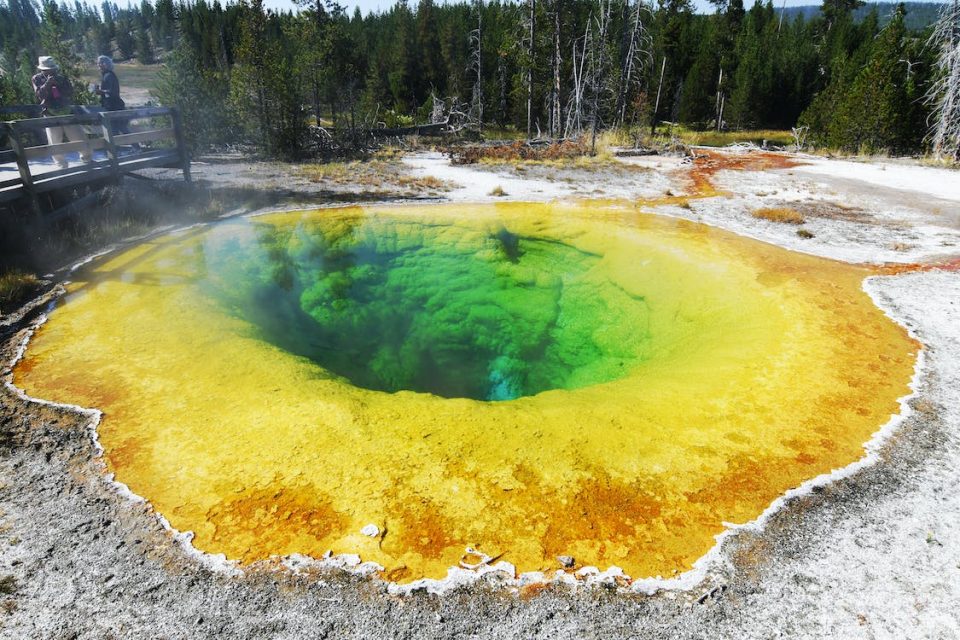
Waste management is the process of collecting, transporting, disposing, and treating waste materials produced by human activities. It is an essential aspect of environmental management because improper waste management can lead to negative impacts on the environment and public health. In this essay, we will discuss two common methods of waste disposal: landfills and incineration, their impacts on the environment, and some alternative waste disposal methods.
Landfills
A landfill is a large area of land where waste materials are buried in the ground. Landfills are the most common method of waste disposal in many countries, and they have both positive and negative environmental impacts.
Positive impacts of landfills
The main positive impact of landfills is that they provide a convenient and cost-effective way to dispose of large amounts of waste. Landfills are designed to prevent pollution of groundwater and surface water by using a system of liners, drainage pipes, and leachate collection systems. When properly designed and maintained, landfills can be a safe and effective way to dispose of waste.
Negative impacts of landfills
The negative impacts of landfills on the environment include:
Land use: Landfills take up valuable land that could be used for other purposes, such as agriculture or recreation.
Air pollution: Landfills emit gases such as methane and carbon dioxide, which contribute to global warming. They also emit volatile organic compounds (VOCs) and other air pollutants, which can cause health problems such as respiratory issues and cancer.
Water pollution: Landfills can contaminate groundwater and surface water with leachate, which is a liquid that forms when rainwater or other liquids come into contact with waste materials. Leachate can contain harmful chemicals such as heavy metals, pesticides, and solvents, which can pollute nearby water sources.
Aesthetics: Landfills are often unsightly and can decrease the aesthetic value of an area, which can affect property values.
Incineration
Incineration is the process of burning waste materials to convert them into ash, gases, and heat. Incineration is often used to dispose of hazardous waste and medical waste, but it can also be used for municipal solid waste.
Positive impacts of incineration
The main positive impact of incineration is that it reduces the volume of waste that needs to be disposed of, which can help to conserve landfill space. It can also generate electricity by using the heat produced by the burning process.
Negative impacts of incineration
The negative impacts of incineration on the environment include:
Air pollution: Incineration emits pollutants such as dioxins, furans, and heavy metals, which can cause respiratory issues and cancer.
Ash residue: Incineration produces ash residue, which can contain hazardous chemicals such as heavy metals and dioxins.
Cost: Incineration can be expensive to operate, and it requires a significant amount of energy to maintain high temperatures during the burning process.
Public opposition: Incineration facilities can face opposition from the public due to concerns about the health and environmental impacts of the process.
Alternative waste disposal methods
There are several alternative waste disposal methods that can be used to reduce the negative environmental impacts of landfills and incineration. Some of these methods include:
Recycling: Recycling is the process of converting waste materials into new products. Recycling reduces the amount of waste that needs to be disposed of and conserves natural resources.
Composting: Composting is the process of converting organic waste materials, such as food waste and yard waste, into a nutrient-rich soil amendment. Composting reduces the amount of waste that needs to be disposed of and provides a valuable resource for gardening and farming.
Waste-to-energy: Waste-to-energy is the process of converting waste materials into energy through various methods such as anaerobic digestion, gasification, and pyrolysis. This method reduces the amount of waste that needs to be disposed of and generates energy that can be used for various purposes.
Landfill gas recovery: Landfills emit methane, which is a potent greenhouse gas. Landfill gas recovery involves capturing methane emissions from landfills and using them to generate electricity or heat.
Zero waste: Zero waste is a waste management philosophy that aims to reduce the amount of waste that is produced and to maximize the use of resources. This involves strategies such as reducing packaging, promoting reusable products, and composting organic waste.
Conclusion
In conclusion, landfills and incineration are two common waste disposal methods that have both positive and negative environmental impacts. Landfills can be a safe and effective way to dispose of waste when properly designed and maintained, but they take up valuable land and can cause air and water pollution. Incineration reduces the volume of waste that needs to be disposed of but can emit pollutants and be expensive to operate. Alternative waste disposal methods such as recycling, composting, waste-to-energy, landfill gas recovery, and zero waste can help to reduce the negative environmental impacts of waste management. It is important to consider the environmental impacts of waste disposal methods and to choose the most sustainable option.







